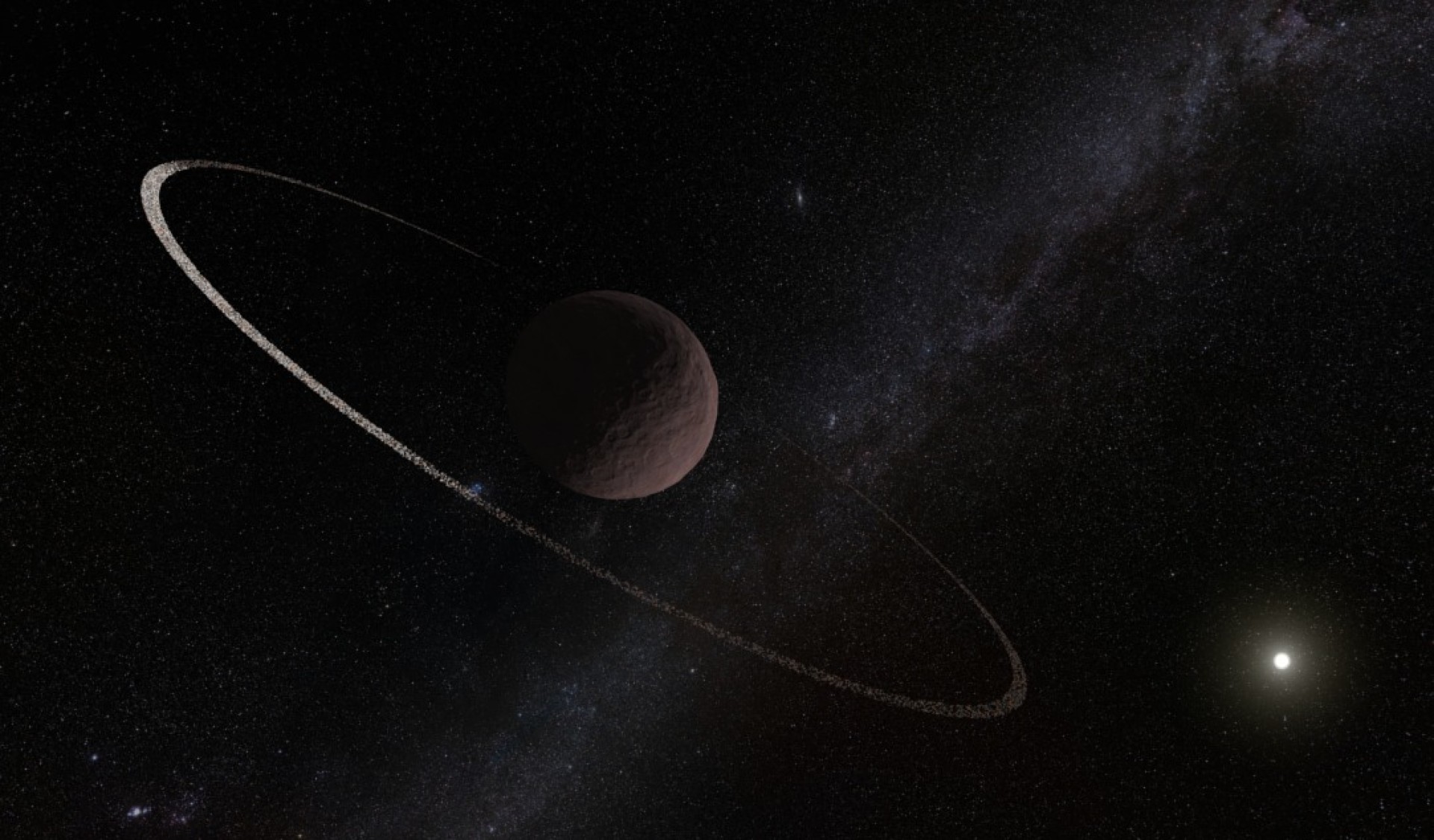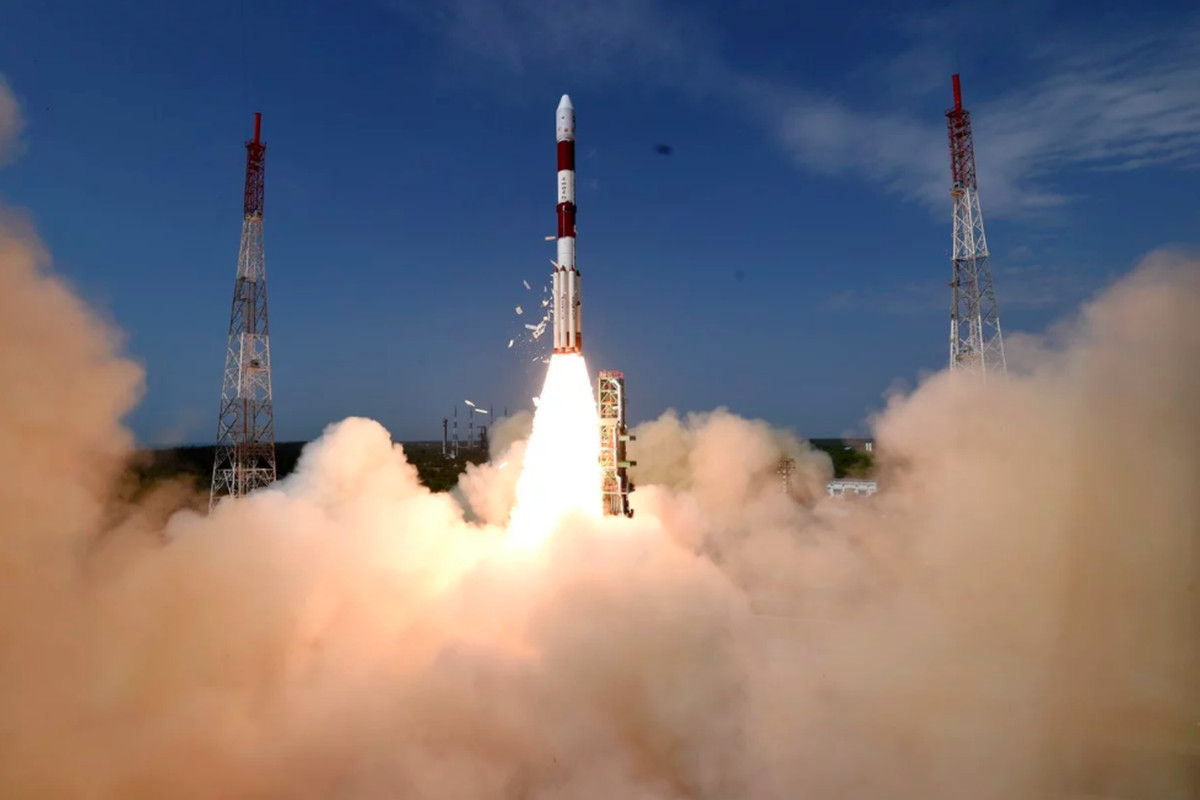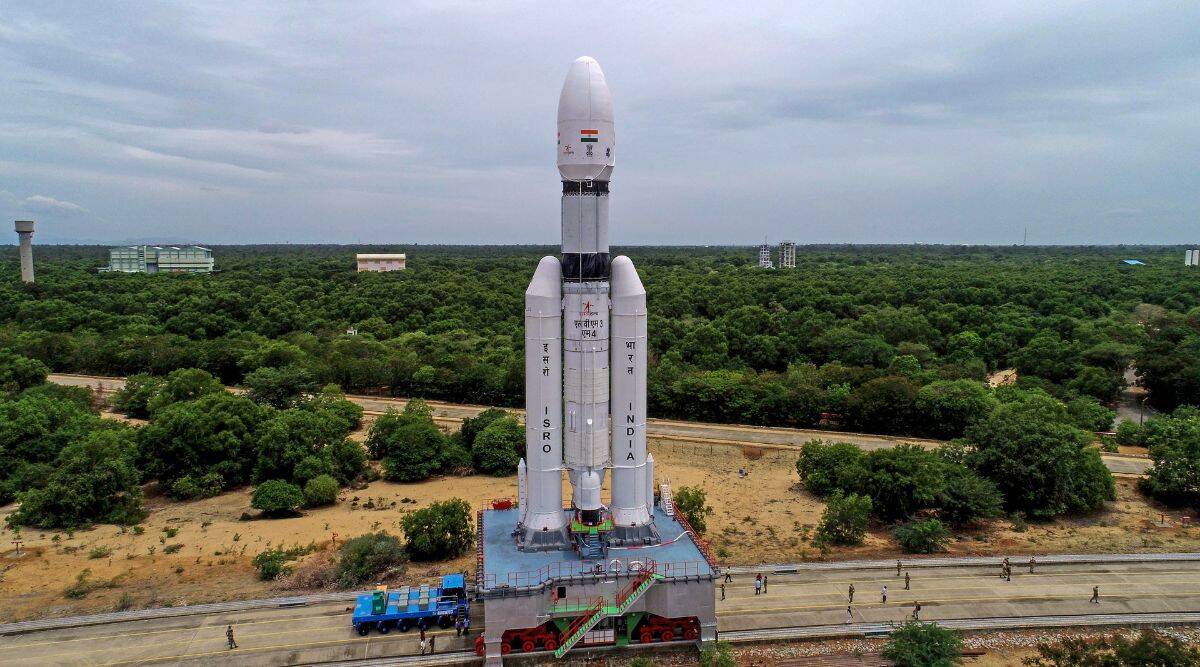


After the recent partial lunar eclipse, astronomy enthusiasts are in for another treat - a rare annular solar eclipse, also known as the "ring of fire" eclipse. This astronomical event will take place on October 2 as India commemorates Mahatma Gandhi's birth anniversary. The eclipse will be visible over southern Chile and Argentina, with the Moon appearing smaller than the Sun and creating a distinctive "ring of fire" effect in the sky.
Solar Eclipse of October 2, 2024: The "Ring of Fire" Spetacle
A celestial spectacle awaits skywatchers on October 2, 2024, as a fascinating annular solar eclipse known as the "ring of fire" graces the heavens. During this astronomical event, the Moon will pass directly between the Earth and the Sun, but its size will be smaller than the Sun, allowing the Sun's corona to peek out around the edges, creating a mesmerizing ring of light.
Background on Solar Eclipses
Solar eclipses occur when the Moon aligns itself between the Earth and the Sun, blocking the Sun's light. There are two main types of solar eclipses:
October 2, 2024 Annular Solar Eclipse
The annular solar eclipse of October 2, 2024, will be visible from a narrow path stretching across southern Chile and Argentina. Observers within this path will be treated to a breathtaking sight as the Moon covers the central portion of the Sun, revealing the Sun's corona as a brilliant ring.
The eclipse will begin at sunrise in Chile, and the "ring of fire" phase will be visible for about 2 minutes and 20 seconds. As the eclipse progresses, the Moon will gradually move across the Sun, and the path of visibility will shift to Argentina. The total duration of the eclipse, from the beginning to the end, will be approximately 3 hours.
Top 5 FAQs about Solar Eclipses
1. Are solar eclipses dangerous to look at?
Yes, looking directly at a solar eclipse without proper eye protection can cause severe and irreversible damage to the retinas. Use eclipse glasses, solar filters, or indirect projection methods to view the eclipse safely.
2. How often do solar eclipses occur?
Solar eclipses are relatively common events, but total and annular solar eclipses are less frequent. On average, there are about 2-3 solar eclipses per year, but only a fraction of them are visible from any given location.
3. What are the effects of solar eclipses on wildlife?
Solar eclipses can have significant effects on wildlife. Birds may become temporarily disoriented during total eclipses due to the sudden darkness. Animals that are active during the day may also experience confusion and disruption in their sleep-wake cycles.
4. Why do annular solar eclipses happen?
Annular solar eclipses occur when the Moon is at its farthest point from the Earth in its orbit. At this distance, the Moon appears smaller than the Sun, resulting in the ring of fire effect.
5. What are some notable historical solar eclipses?

In a dramatic return, a SpaceX Dragon capsule splashed down off the coast of Oceanside last night, carrying 6,700 pounds of equipment and cargo from the International Space Station. Among the items returning to earth were materials that were exposed to space to study the effects of ultraviolet radiation, and 5 books used in NASA's Story Time from Space project. These STEM-related books were read and experimented upon by crew members aboard the space station for the educational project.

World Multiple Sclerosis Day is observed every year on May 30 to raise awareness about the condition, which affects over 1.8 million people globally. While there is no cure for MS, there are ways to manage its symptoms. Here are some tips from Johns Hopkins Medicine, including the importance of diet and exercise, creating a safe and efficient living space, and connecting with support groups. Disclaimer: Always consult a medical professional before making changes to your lifestyle.

A team of astronomers led by Sihao Cheng has discovered a new dwarf planet, 2017 OF201, beyond the orbit of Pluto. The distant object has an orbital path that takes it 25,000 Earth-years to complete one revolution around the sun. Its discovery may provide insights into the mysterious "Planet 9" and its effect on objects in the outer solar system.

The ancient science of Ayurveda is gaining global recognition as a powerful ally in the quest for sustainable health. At Himalaya Wellness Company, their approach combines traditional wisdom with cutting-edge scientific validation and advanced technology. This convergence is driving the resurgence of Ayurveda and is expected to reach a market size of USD 26.26 billion by 2032. With the World Health Organization's recent validation and digital innovation opening access to previously untapped markets, the future of healthcare is being transformed by this ancient knowledge meeting modern science and technology.

A new report from Climate Central has shown a concerning increase in extreme heat in Kansas, leading to an average of 25 pregnancy heat-risk days annually. This poses serious risks for pregnant women, from preterm birth and pregnancy loss to gestational diabetes. Doctors are urging pregnant women to take precautions and listen to their bodies, including staying cool and hydrated, and being aware of any National Weather Service heat advisories in effect.

India's young cricket sensation, Shubman Gill, has been named the captain of the country's Test team in what is seen as a move towards the future. Gill, who hails from a small village in Punjab, has been widely touted as the next big thing in Indian cricket with his consistent performances and calm demeanor. At just 25 years of age, he has the responsibility of leading India in the longest format of the game, and will no doubt be looking to emulate the success of his predecessor Virat Kohli.

Pregnancy is a joyous time, but it can also bring about unexpected medical complications that can affect both the mother and baby. Some of the most common complications include gestational diabetes, preeclampsia, preterm labor, placenta previa, and miscarriage. Fortunately, with early detection and proper treatment, most of these complications can be managed and even prevented to ensure a healthier and safer pregnancy. Regular prenatal check-ups, proper knowledge and awareness, and prompt reporting of any abnormal symptoms are crucial in promoting better outcomes for both the mother and baby.

In a rare failure for India's space agency ISRO, their main rocket PSLV encountered problems during its 101st mission. The third stage of the PSLV rocket, which was the most successful launch vehicle for ISRO, experienced issues and couldn't place the earth observation satellite into the orbit as planned. This serves as a reminder of the complexities and risks involved in spaceflight, even for proven vehicles like PSLV.

ISRO's mission to launch an Earth observation satellite aboard the PSLV rocket was unsuccessful on Sunday due to a problem in the third stage of the launch vehicle. Despite initial success in the first and second stages, a drop in chamber pressure prevented the mission from being completed. ISRO plans to regroup and attempt the mission again in the future, with the goal of ensuring a debris-free launch. This mission aimed to provide essential remote sensing data for various applications, including disaster management and national security.

A new high-altitude atmospheric monitoring station has been established in Udhampur, Jammu and Kashmir, to better understand the formation of ice crystals in clouds and their impact on rainfall. This cutting-edge facility will be the first in India to enable the study of ice nucleating particles (INPs), the rare and hard-to-detect tiny particles that are the starting points for the formation of ice crystals in clouds. By bridging this critical information gap, scientists hope to improve their ability to model cloud behavior and make more accurate precipitation predictions, especially for extreme events. The new center, which is located at 2,250 meters above sea level, was inaugurated last week and will collaborate with Swiss scientists from ETH Zurich to conduct INP studies. This facility will offer unique insights and contribute to our understanding of precipitation processes worldwide.